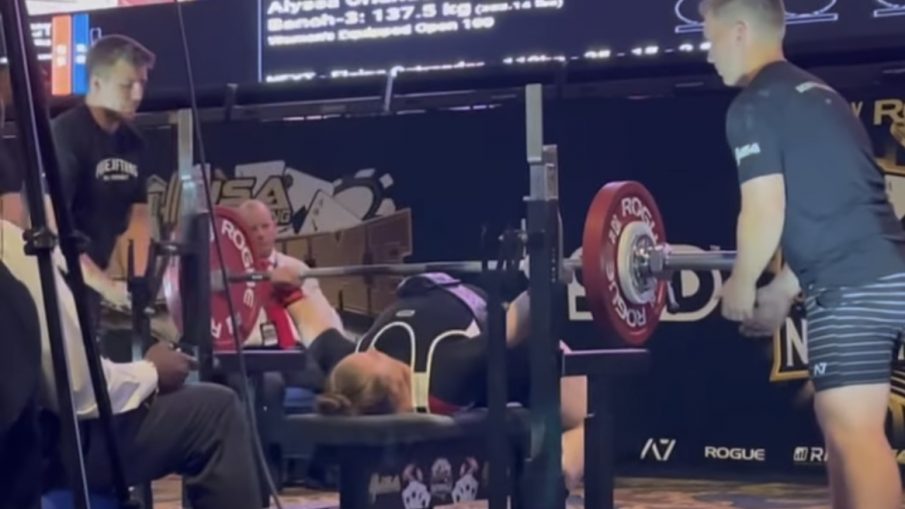Written by: Kevin Cann
There tends to be this argument in regards to specificity versus variation in strength training. The specificity camp will tout that higher frequency competition lift programs are superior because you get to practice the lifts more.
In these circles technique seems to take a bit of a backseat to training volume, but coaches will still throw some lifting cues in a comment on Instagram, typically hidden between positive affirmations, but that is a story for another day.
One area of sport science research that tends to be in agreement is the fact that external cues are superior to internal cues. Having a lifter fixate their gaze higher is typically more effective than saying “chest up.” “Spreading the floor” would be a better option than to “push your knees out.” Attention is a valuable commodity to skill development. If an athlete places the majority of their attention internally, it creates too much conscious control over that part, decreasing the ability to appropriately coordinate with the rest of the body. It also will limit the information that the body receives through experiencing a movement.
Variation within the lifts can be a way to cue the athlete without having to say anything. This allows the body to learn how it is designed to learn, by experiencing the movements. Let us look at the example of a cambered bar box squat with chains.
First, we need to understand that specificity is not about what a lift looks like, but how your body experiences the movement. The body experiences the movement through forces. Specificity is a sensory-motor experience, so how does the body experience this variation?
The cambered bar will have a 14 inch to 16 inch drop where the plates are loaded. This leads to the weight actually swinging in front of the lifter. This creates a larger moment arm between the low back, glutes, hips, and hamstrings. Due to the instability of swinging weights, increased by the chains, the abs need to engage harder to stabilize the body. They will react to the perturbations created by the bar.
The box allows the lifter to sit back further, which further emphasizes those muscle groups. There will also be a collision between the hamstrings, glutes, and the box. This collision creates tissue deformation which sends a signal to the nervous system to create a more explosive concentric contraction. When Louie talks about bouncing a basketball, and the larger the deformation the greater the rebound, this is what he is talking about. When we run and jump our feet actually have a collision with the ground. This is the same idea. A box squat is basically a weighted plyometric.
The chains send a message at the top of greater force. The body senses we are holding that top end weight. Bands feel even heavier because of the tension versus straight weight. This alerts the nervous system that it will need to have a strong enough concentric contraction to overcome this higher perceived force. Bands add in an extra piece as the body will sense the increased speed on the eccentric, which increases muscle tension, turning on the GTOs and stretching the tendon to relieve that tension.
As the lifter goes to stand, they will need to drive through the entire ROM of the lift to successfully complete it because the chain weight continues to add on as leverages improve. This increases momentum impulse, how long we can strain, which is just as important as developing force.
When we do this for max effort, we are recruiting the most motor units we can recruit. This builds the greatest amount of inter and intramuscular coordination without the negative effects of a lifter focusing on specific internal pieces. This setup gets more involvement of the larger and stronger musculature in the body, forces them to be explosive out of the bottom, and to drive through the entire range of the repetition.
The drawbacks can be that the box squat is a different squat than the competition squat. The coach will need to decide how frequently a lifter needs to free squat with straight weight. Everyone is a bit different here, and this typically changes over time with more advanced lifters needing far fewer exposures.
However, in order to improve upon technique, we need the current technique to become unstable so that we can replace it with a new emerging coordination pattern. This means we need to take it out long enough to allow that to happen and to allow our newly developed strengths to adjust and work themselves into the more complex coordinated patterns.

